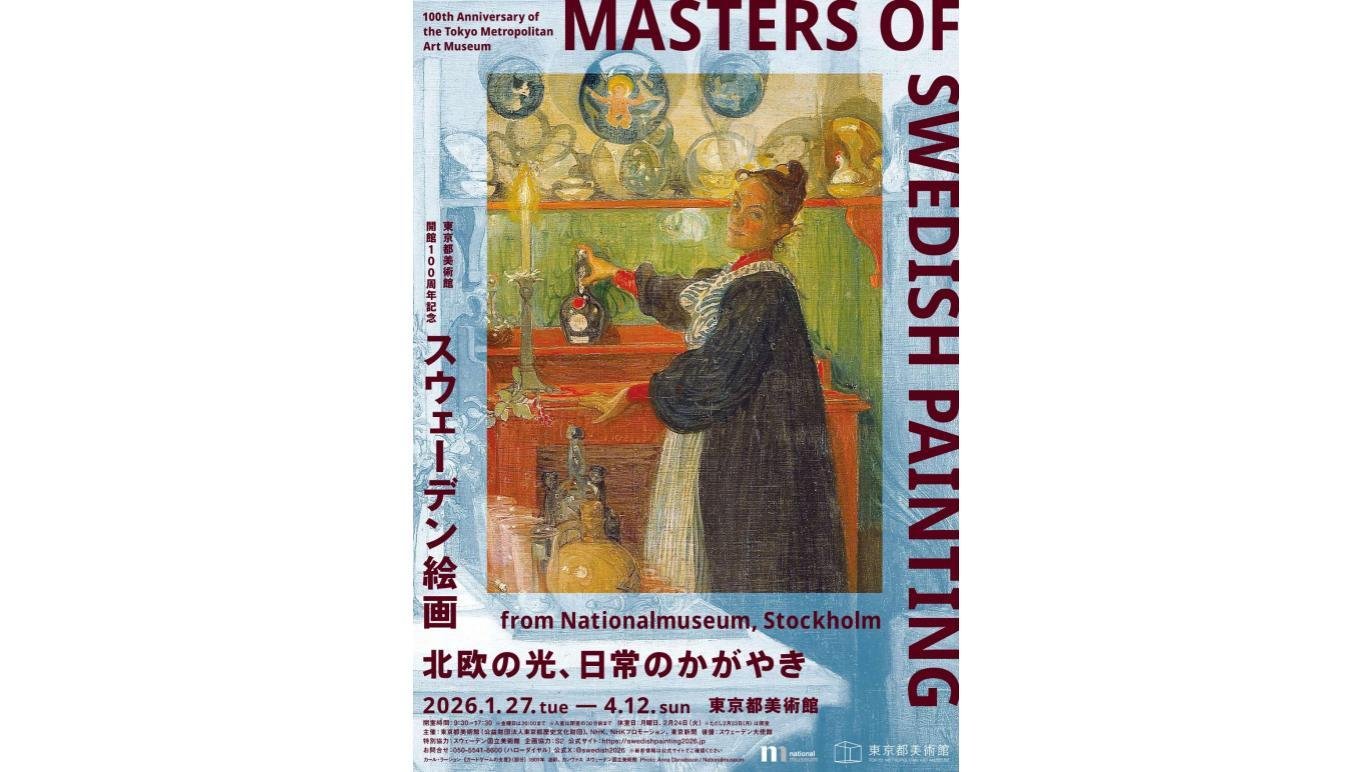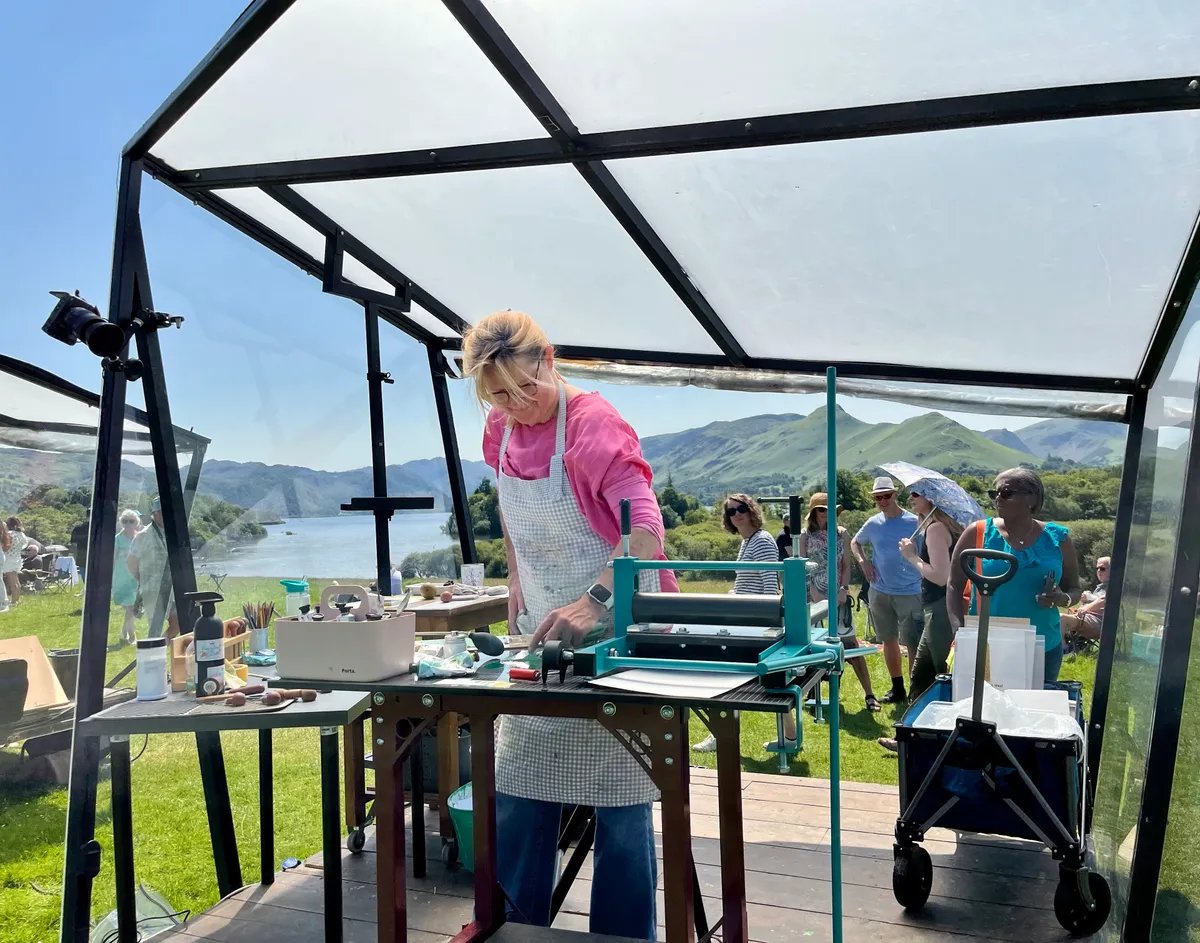Work of the Week is excerpted from The Back Room, our lively recap funneling only the week’s must-know art industry intel into a nimble read you’ll actually enjoy. Artnet News Pro members get exclusive access—subscribe now to receive this in your inbox every Friday.
Last October, Paul Gauguin’s Clovis Sleeping went unsold at Christie’s London, where it had been estimated to fetch between £3 million and £5 million ($3.8 million and $6.3 million) in a single-owner sale of works from the collection of Sam Josefowitz. Afterwards, the Van Gogh Museum saw its chance to scoop up the painting for its collection.
The museum purchased Gauguin’s 1848 painting recently for £2.95 million ($3.7 million) in a private sale with the auction house. The Amsterdam institution already boasts several pieces from the late Josefowitz’s esteemed holdings, including a painting and wood relief by Georges Lacombe and a large group of prints by Camille Pissarro.
A museum representative said that, because of the care with which the museum prepares every potential purchase, “it is very rarely possible to compete at auctions, especially when, as in this case, a substantial amount is involved.” Further, because the work was not acquired at auction, the museum did not have to pay the related buyer’s premium of 21 percent of the hammer price. The painting goes on display this week in the Van Gogh Museum’s permanent collection for three months, and then will travel to Houston for an exhibition.

Paul Gauguin, Maternité II (1899). Courtesy of Christie’s Images, Ltd.
Josefowitz originally acquired it from a private collector in April 1984. Though the price he paid is not known, the private collector he purchased it from had paid CHF255,000 (around $640,000, adjusted for inflation) for it two years earlier. According to the Artnet Price Database, Gauguin’s auction record was reset in 2022 when Maternité II sold for $105.7 million at Christie’s as part of the Paul G. Allen collection.
The painting, depicting Gauguin’s son, is considered a key work in the painter’s oeuvre as he combined Impressionist techniques and use of color with a deeper layer of symbolic meaning.
When Gauguin met Vincent van Gogh in Paris at the end of 1887, the former had become a prominent Symbolist artist. The two painters developed a close but complex friendship. In October 1888, Gauguin went to live with Van Gogh in the so-called yellow house in Arles.
Though they worked closely together, they had very different ideas about art. Gauguin worked from his imagination, while Van Gogh painted what he observed. “Tensions quickly mounted. Following a major clash, after which Van Gogh cut off his ear, the artist friends parted ways and never saw each other again in person,” according to the museum.
Follow Artnet News on Facebook:






